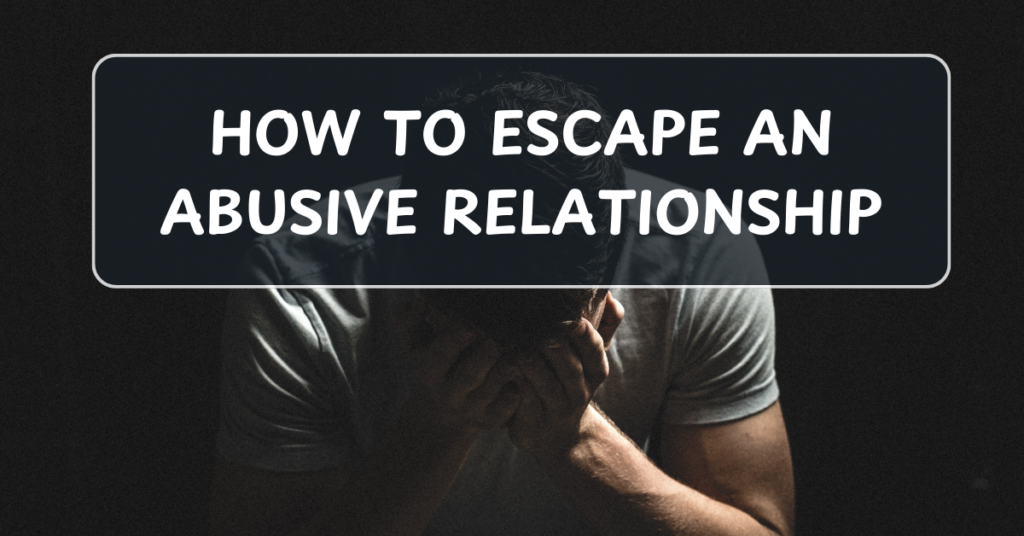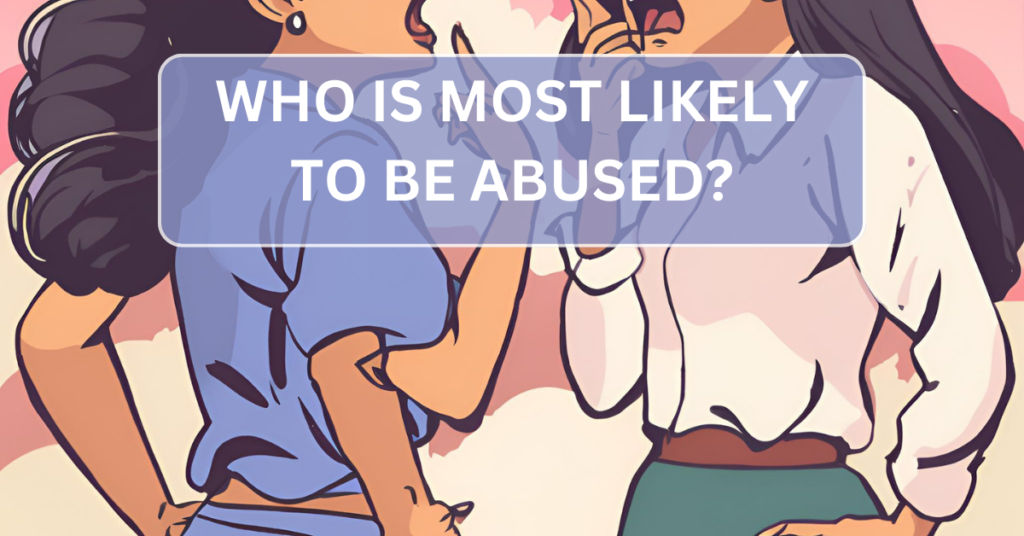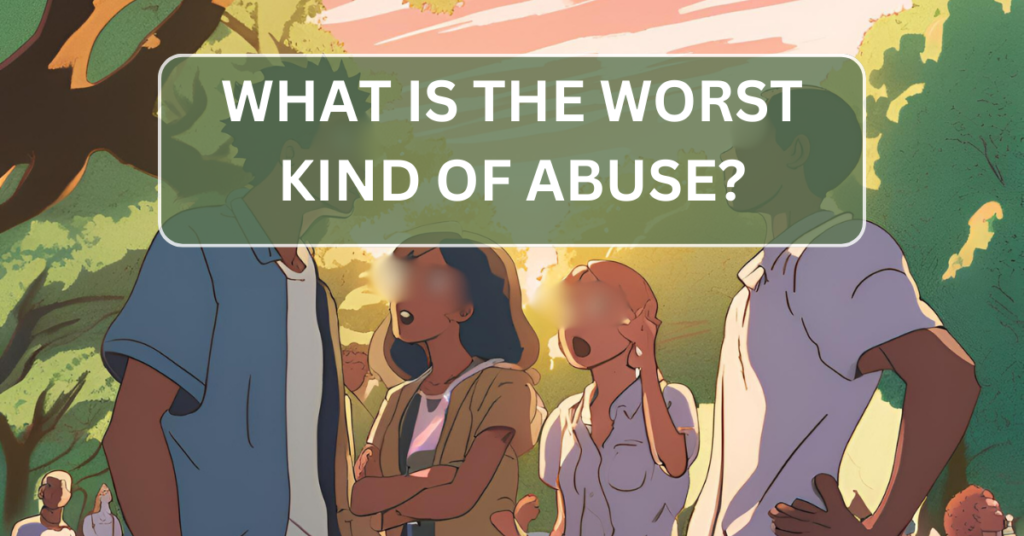
Leaving an abusive relationship can be one of the most difficult and dangerous decisions a person can make. Abuse, whether emotional, physical, or psychological, thrives on control and power, making it challenging for victims to break free. However, with preparation, support, and courage, it is possible to escape and rebuild your life.
Here’s a comprehensive guide to help you navigate the process of escaping an abusive relationship safely.
1. Recognize the Abuse
Before you can leave, it’s essential to acknowledge that you’re in an abusive relationship. Abuse can take many forms, including:
- Physical: Hitting, slapping, or causing bodily harm.
- Emotional: Insults, humiliation, or manipulation.
- Financial: Controlling your finances or preventing you from working.
- Sexual: Coercing or forcing sexual acts.
- Psychological: Gaslighting, intimidation, or threats.
Understanding that abuse is never your fault and that you deserve better is the first step toward freedom.
2. Create a Safety Plan
A safety plan is a personalized strategy for leaving the abusive situation while minimizing risks. Here’s what to include:
- Emergency Contacts: Memorize or save the phone numbers of trusted friends, family, or hotlines.
- Safe Place: Identify a shelter, friend’s house, or other secure location where you can go.
- Escape Route: Plan how you will leave your home or workplace if needed.
- Pack an Emergency Bag: Include essentials such as:
- ID and important documents (birth certificate, social security card, etc.)
- Money or credit cards
- Spare clothes
- Medication and health records
- Keys (house and car)
- Phone and charger
- Code Words: Set up a signal with trusted people to alert them if you’re in danger.
3. Build a Support System
It’s crucial to have allies who can help you through this process. Reach out to:
- Friends and Family: Share your situation with people you trust.
- Support Groups: Connect with others who have experienced abuse.
- Professionals: Seek help from counselors, social workers, or domestic violence advocates.
Hotlines like the National Domestic Violence Hotline (1-800-799-SAFE) offer confidential support and resources.
4. Seek Legal Protection
Legal measures can provide additional safety and support:
- Restraining Orders: Apply for a protective order to keep the abuser away from you.
- Custody Orders: If children are involved, seek legal advice on custody arrangements.
- Documentation: Keep records of abuse, including photos, messages, and medical reports, to support your case.
5. Leave Strategically
When you’re ready to leave, do so carefully and discreetly:
- Choose the Right Time: Leave when the abuser is not around or distracted.
- Avoid Confrontation: Do not inform the abuser directly about your plans, as this could escalate the danger.
- Take Only What You Need: Focus on essentials and prioritize your safety over belongings.
6. Protect Yourself After Leaving
Even after escaping, the risk of retaliation may remain:
- Change Your Contact Information: Get a new phone number and email address.
- Secure Your Location: Keep your new address confidential and consider staying in a secure shelter.
- Notify Authorities: Inform the police about your situation and provide them with any protective orders.
- Strengthen Your Support Network: Continue relying on friends, family, and professional resources.
7. Begin the Healing Process
Leaving an abusive relationship is the start of your journey toward healing and reclaiming your life:
- Seek Therapy: Work with a counselor to process trauma and rebuild your self-esteem.
- Reestablish Independence: Focus on finding stable housing, employment, and financial security.
- Set Boundaries: Learn to identify healthy relationships and enforce boundaries in the future.
8. Remember You’re Not Alone
Abuse thrives on isolation, but you don’t have to face this journey alone. There are countless organizations, advocates, and survivors who understand and want to help.
- National Domestic Violence Hotline: 1-800-799-7233
- RAINN (Rape, Abuse & Incest National Network): 1-800-656-HOPE
- Local Shelters and Advocacy Groups
Conclusion
Escaping an abusive relationship is a courageous and life-changing decision. While the process may feel overwhelming, planning, support, and determination can help you break free and create a future filled with safety and happiness.
You deserve love, respect, and freedom from fear. Take the first step today—you’re stronger than you think.


